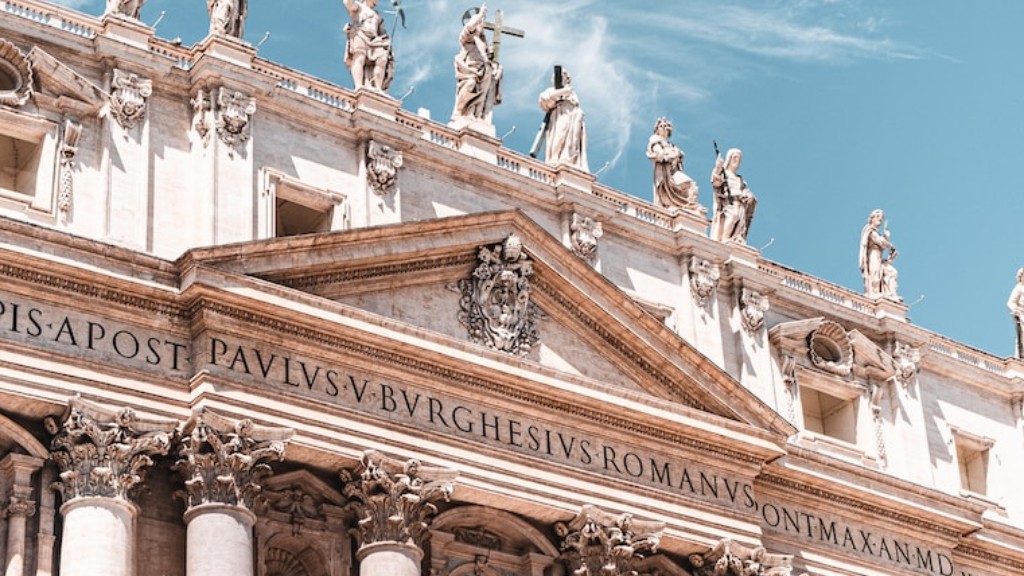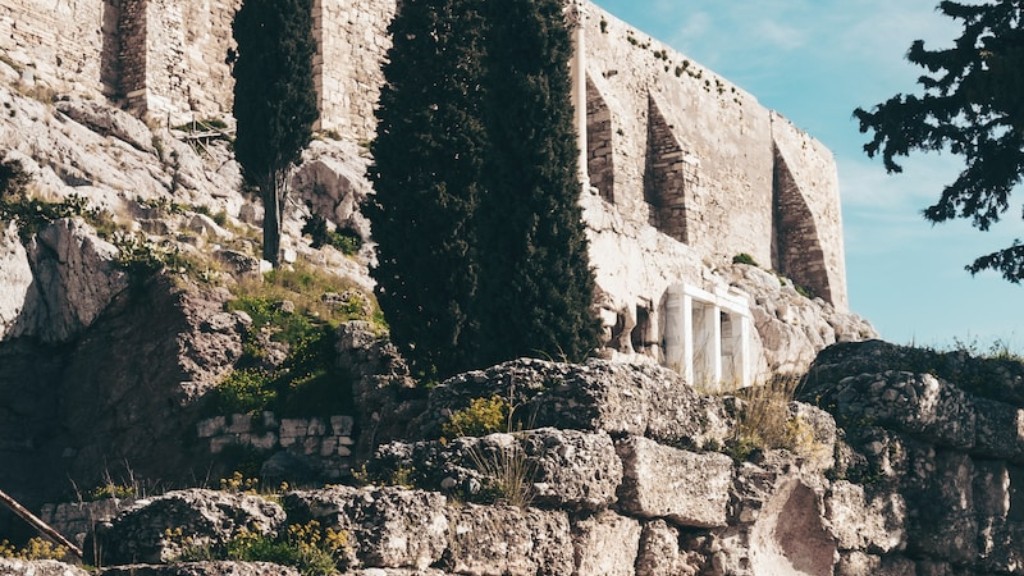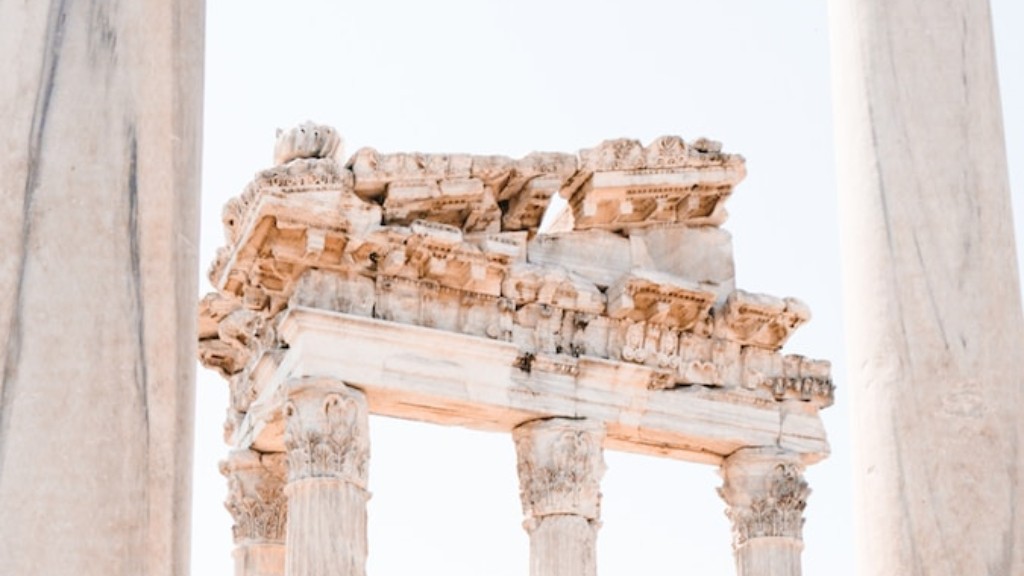Ancient Rome and its Surrounding Areas
The ancient city of Rome, located in modern-day Italy, exerted significant influence over vast territories during its peak as the capital of the Roman Empire. This article aims to explore and provide insights into the key areas surrounding ancient Rome, highlighting their historical, geographical, and cultural significance.
The Italian Peninsula
Central to the rise and dominance of ancient Rome was its location on the Italian Peninsula. Bordered by the Adriatic Sea to the east and the Tyrrhenian Sea to the west, the peninsula provided strategic advantages for Rome’s expansion. Its central position allowed easy access to maritime trade routes and facilitated the control of various regions.
Etruria
In the northwestern part of the Italian Peninsula, Etruria played a crucial role in shaping early Roman civilization. The Etruscans, an ancient civilization that inhabited this area, influenced Roman art, architecture, and religious practices. The famous city of Rome itself was believed to be founded by descendants of the Etruscans.
Latium
Latium, located south of Etruria, is the region where Rome thrived and became the powerful capital it is known as today. The Tiber River, running through the heart of Latium, provided fertile lands for agricultural activities and facilitated transportation and trade within the region. Rome, situated along the banks of the Tiber, enjoyed the economic benefits of this central location.
Campagna
Bordering Latium to the southeast, Campagna laid the foundation for the expansion of Roman territories beyond Rome itself. Its strategic positioning between the Apennine Mountains and the Tyrrhenian Sea made it a key area for agricultural production and trade routes.
The Mediterranean Basin
The Roman Empire extended its dominion across the Mediterranean Basin, exerting control over vast territories that spanned diverse landscapes and cultures.
Gaul
To the north of the Italian Peninsula lies Gaul, known today as modern-day France. Gaul presented considerable challenges to Roman conquest due to its vastness and the fierce resistance of its indigenous tribes. However, Julius Caesar’s military campaigns in Gaul eventually paved the way for Roman control and cultural assimilation.
Greece
Greece, with its rich history and influential civilization, greatly impacted Rome’s cultural, philosophical, and artistic development. As Rome expanded its dominance, it absorbed Greek city-states and adopted Greek religious beliefs, deities, and architectural styles. The cultural fusion between Rome and Greece gradually became a defining aspect of Roman civilization.
Asia Minor
Across the eastern Mediterranean, Asia Minor (modern-day Turkey) played a crucial role in connecting Rome to the lucrative trade networks of the Orient. Rome’s territorial expansion into Asia Minor led to the development of prosperous port cities such as Ephesus and the establishment of vital trade routes.
Africa
The Roman Empire extended its reach into the northern part of Africa, encompassing territories such as present-day Tunisia, Algeria, and Egypt. The acquisition of fertile lands and abundant resources supported the growth of Rome’s agricultural and economic power. Furthermore, Egypt’s incorporation brought immense cultural exchange and the integration of Egyptian deities into Roman belief systems.
The Legacy of Ancient Rome
Ancient Rome’s influence on the territories it controlled and interacted with extended far beyond the height of its power. Numerous aspects of Roman civilization, including language, law, governance, architecture, and engineering, have left an indelible mark on Western societies. The mélange of cultures and traditions integrated into Roman society has continued to shape contemporary Europe and the world at large.
In conclusion, the expansive reach of ancient Rome encompassed various regions, both within and beyond the Italian Peninsula. From its early roots in Etruria and Latium to the territories throughout the Mediterranean Basin, Rome’s impact was profound and lasting. The remains of its architectural marvels, the remnants of its cultural traditions, and the inheritance of its legal and governance systems all bear testament to the enduring legacy of ancient Rome.



